PM Mitsotakis: “We aim to create 200,000 new job positions – We named the plan ‘Greece 2.0′”
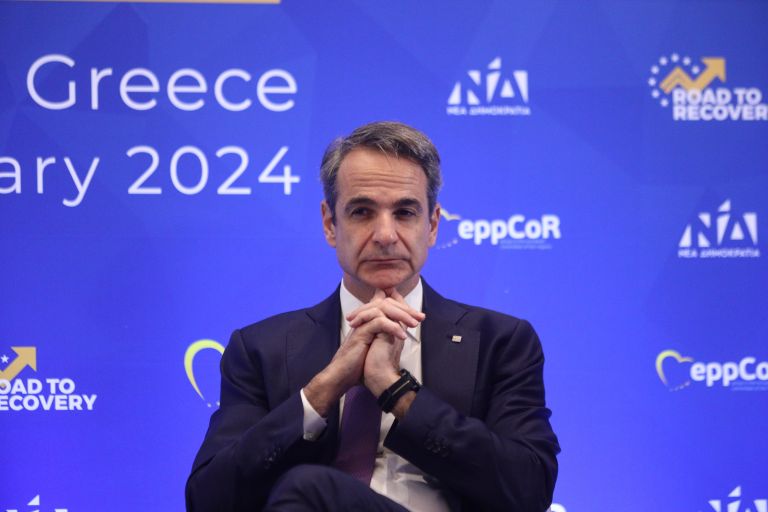
Πηγή Φωτογραφίας: Εκδήλωση από τη Νέα Δημοκρατία και το Ευρωπαϊκό Λαϊκό Κόμμα με τίτλο "Ο Δρόμος προς την Ανάκαμψη", Παρασκευή 9 Φεβρουαρίου 2024. (ΓΙΑΝΝΗΣ ΠΑΝΑΓΟΠΟΥΛΟΣ/EUROKINISSI)
Prime Minister Kyriakos Mitsotakis took part on Friday in a dialogue at a gathering co-hosted by New Democracy and the European People’s Party under the theme “The Road to Recovery.” Croatian Prime Minister Andrej Plenkovic and Manfred Weber, President of the EPP and leader of the EPP Parliamentary Group in the European Parliament, delivered speeches at the event. Zigfrid Muresan, serving as coordinator, led the discussion. Muresan is Vice President of the EPP Parliamentary Group and also heads the Working Group “Budget and Structural Policies.”
“We aim to create 200,000 new job positions. That’s why we named the plan ‘Greece 2.0’,” stated Mitsotakis highlighting that it was one of the first plans to be approved. However, he also emphasized that it required significant effort beforehand “to actually develop a highly detailed plan that combined investments and reforms and which was subsequently submitted to the European Commission.” Mitsotakis referred to the approach followed by the European People’s Party during the pandemic, when it created the NextGenerationEU, whose main tool is the Recovery and Resilience Facility.
At that time, emphsized Mitsotakis, many believed that what we were proposing was unthinkable. He emphasized that it demonstrates Europe’s ability to find highly innovative solutions under pressure and referred to the characteristic example of the decision that countries could borrow at the supranational level, at the level of the European Union. Subsequently, states would direct these resources, through a combination of grants and loans, to member states based on their economic situation. The goal was for weaker countries to receive greater support, but also based on a very detailed plan that member states had to submit, which had to align with the European Union’s overall priorities regarding green and digital transformation, social cohesion, and competitiveness.
And it took a great effort, Mitsotakis stressed, to have a very detailed plan that combined investments and reforms and was subsequently submitted to the European Commission
Διαβάστε όλες τις τελευταίες Ειδήσεις από την Ελλάδα και τον Κόσμο








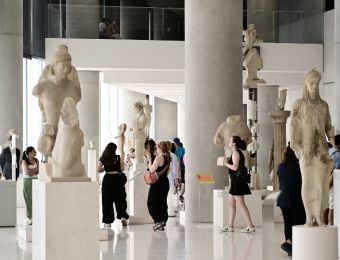

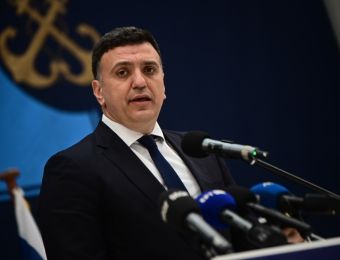
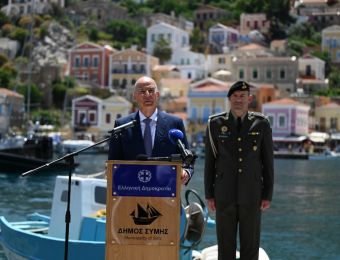

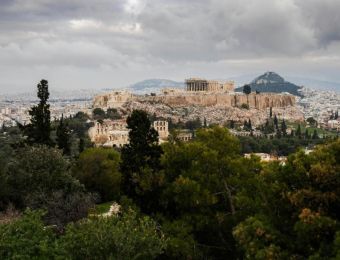

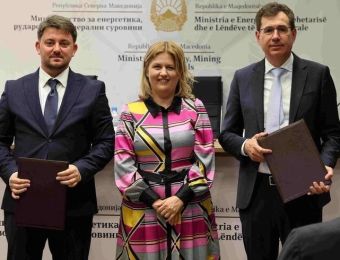


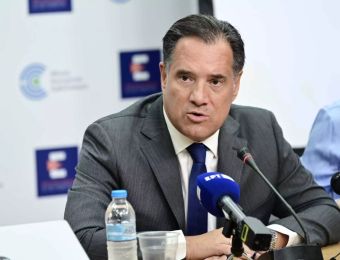
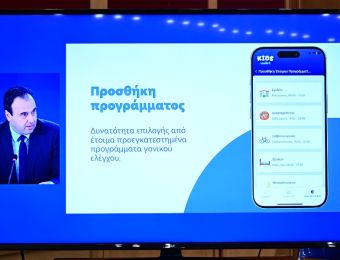
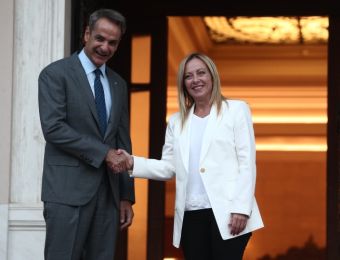

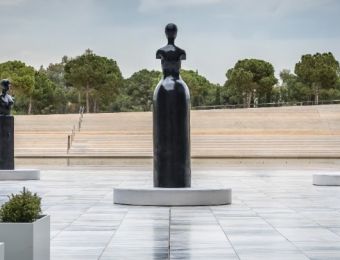
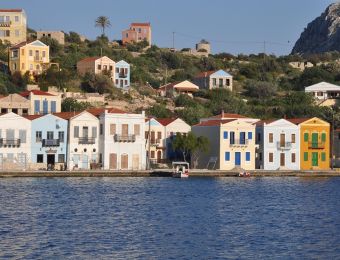
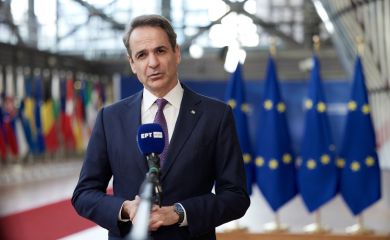

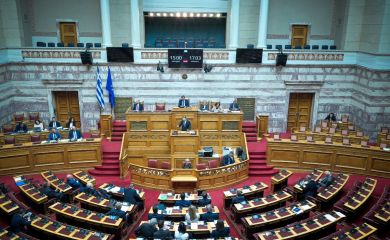
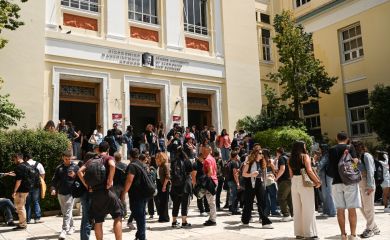
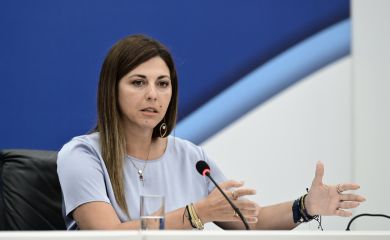
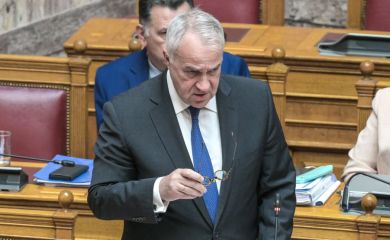
Το σχόλιο σας